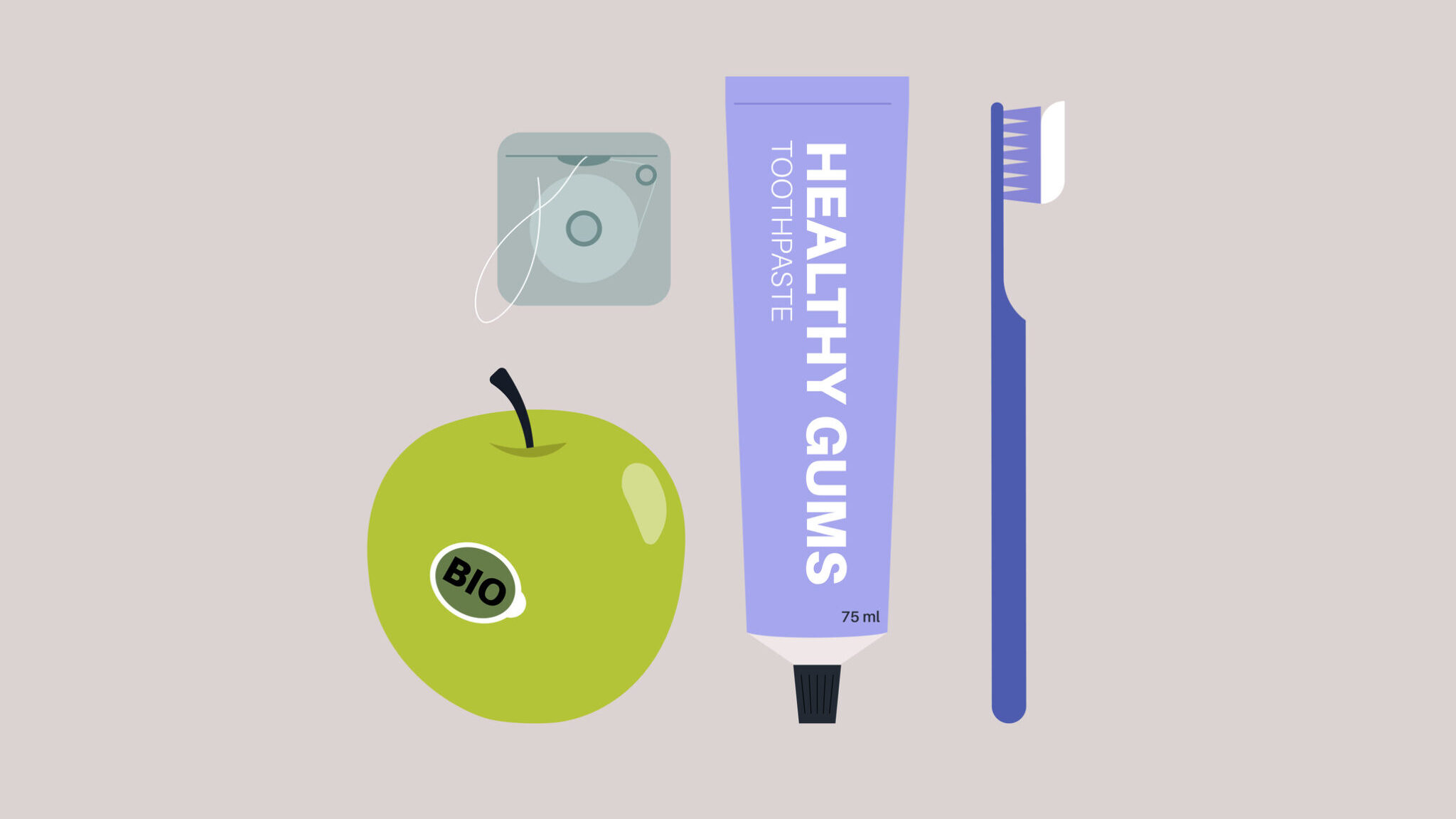 TOTAL RECALLS
TOTAL RECALLS
Hygiene coordinators do not have an easy job. It’s tough calling people and constantly facing the apathy of patients who don’t value hygiene appointments, because after all, it’s just a cleaning, it can wait! If you continue doing things the same way, you are very likely to get the same result. I was in an office last week where the hygiene coordinator asked me a very valid question – “How many times are we supposed to call people before we stop?” Great Question!! It made me stop and think that the methods that we are using are not working, so now what? Let’s try something different.
I asked this lovely lady to show me some examples of how many times she had called patients. First, we looked at the recall list where next to each name I could only see L/M, L/M, L/M, L/M, (left message). I understand that it is difficult to reach patients through the day and everyone seems to have voicemail, so the path to least resistance is to leave a message and wait for the patient to call back. We know that doesn’t work, so don’t repeat it. I also noted in the patient’s record that the first call was made in April, the second in May, the third in September, the fourth in November. The problem wasn’t in the number of calls made, but the length of time between the calls. By the time the fourth call was made, the patient was already 7 months overdue for his/her recall. Why does that matter? Because, if 2 or 3 or 7 months can lapse between telephone calls, it is not urgent or important for the patient to call you back and by then your patient has forgotten about the first telephone call.
New Strategy Now for something completely different!
3 Steps for Total Recall Success
Step 1. – Make the first telephone call using the following wording:
“”Mrs. Smith, this is Sandie from Dr. Jones’ office. You are due for your dental hygiene appointment and I’m calling to schedule that for you. When you get this message, would you please call me back at ___________. I look forward to speaking with you. Have a great day. ”
Note in the computer record – call no. 1 placed.
Step 2 – within one week of the first call, call again using the following wording:
“Mrs. Smith, this is Sandie again. I left a message for you last week. Dr. Jones has asked me to call you to schedule your dental hygiene appointment. Could you please call me back as soon as possible at _______________. Thanks so much and I’m looking forward to speaking with you.”
Note in the computer record – call no. 2 placed.
Step 3 – within the next week after the second call
After the third call and if there is still no response from the patient, send him/her the attached letter:
“Mrs. Smith, this is Sandie from Dr. Jones’ office. Dr. Jones has asked me to call you. Could you please call me back as soon as possible at _______________. Thanks so much and I’m looking forward to speaking with you.”
Fourth Attempt – send the following letter:
Dear Mrs. Smith
Dr. Jones has reviewed your dental chart and noticed that you are overdue for your continuing care appointment. Regular examinations and hygiene appointments are necessary to maintain good dental health and prevent more complicated problems from occurring.
Preventive dentistry results in saving you time and money. Most dental conditions are easier to treat when diagnosed in the early stages and result in less complicated and costly procedures becoming necessary. Please call me at ________ to schedule your appointment. If you have any questions, please do not hesitate to contact us.
Sincerely,
Sandie
Dental Hygiene Coordinator
All 3 calls should be made within the same month. There should be no time lapse between. That’s the difference.
Using this 3-step strategy helps patients to realize that dental hygiene appointments are not ‘just a cleaning’ – they are very important steps to oral health . If patients don’t hear from you for one or two months between calls, you are sending them a message that it’s o.k. to wait. Doing so, puts your hygiene recalls months behind and makes it difficult to catch up. This is further reinforcement that it’s o.k. to wait, it’s not a big hairy deal.
Ideally, no patients should leave your practice without a prescheduled appointment, but if they do, help them to see that this is an important and valuable dental appointment. Preventive dentistry will save them time and money in the long run. It is our job, as dental professionals, to help our patients see the value in keeping their appointments. It is never a matter of pestering patients, it’s a matter of doing our jobs!












